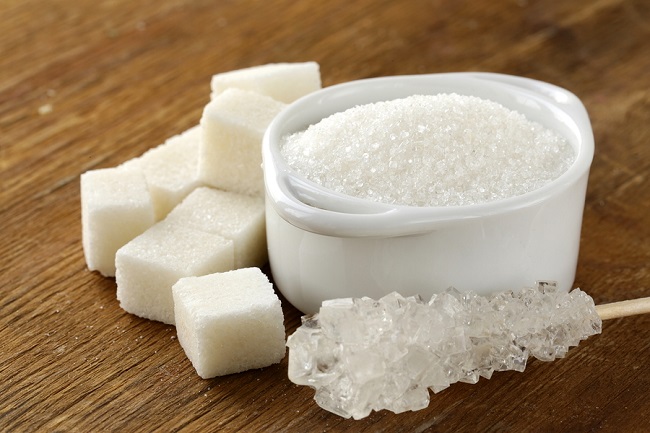- Make It Yourself Lavender Heart-Shaped Bath Bombs!
- 20 Things You Never Knew About “Down There”
- 12 Best Foods For Those Suffering From Arthritis Pain
- 12 Personal Hygiene Mistakes Almost Everyone Makes (Mom Never Told You About #4!)
- 15 Medicinal Plants And Herbs From The Cherokee People
- 12 Mind-Blowing Benefits Of Drinking Coconut Water During Pregnancy
- 12 Outstanding Winter Foods That Won’t Fatten You Up Like A Christmas Turkey
Top 5 Things to Avoid for a More Alkaline Body and 5 Things You Should Do

Photo credit: bigstock.com
As with everything in life, balance is the key. A little sun is really good for you, but too much can kill you. Water is absolutely necessary for life itself; however, too little and we die of dehydration, too much and we can drown. Mother Nature has a perfect balance in everything she does, and that includes our body’s pH level.
When we talk about pH, we are referring to how acidic or alkaline something is. The blood in our body needs a slightly alkaline pH level to be healthy. We can help our bodies maintain this pH level by eating fewer foods that are acid forming and more of the foods that are alkaline forming.
Why should we do this? Although we need acid in order to digest foods, when we eat too many acid forming foods, our body must work to try to bring our blood pH back into balance. Your body does this by releasing minerals that are alkaline, such as phosphorus, magnesium, and calcium into the blood to do this. If your body cannot find these minerals in our foods, our body must pull them from our bones, organs, and/or teeth. This can make us vulnerable to disease and viruses. Scientists say that cancer cannot live in an acidic environment, so there are plenty of reasons to eat a more alkaline diet. A highly acidic diet creates the perfect environment for fungus and yeast. You might find that, after switching to a more alkaline diet, you have more energy as your chronic yeast infections begin to disappear.
We should strive to eat a diet that is 60 to 80 percent alkaline and 20 to 40 percent acid forming foods.
The top 5 most acid forming foods that you should avoid are:
1. Sugar
2. Alcohol
3. Excessive consumption of red meat
4. Processed foods
5. Grains
Yes, there are other acid forming foods, but these are the worst offenders and the ones that Americans tend to consume entirely too much of.

































Kitsy WooWoo
Mar 13, 2015 at 1:01 pm
“Eat a large salad at least once per day using plenty of green leafy
vegetables, especially mustard greens, collard greens and kale. Add some
asparagus, peppers and broccoli.”
Are you suggesting that all those veggies, especially asparagus, should be eaten RAW in the salad? I eat a large salad every day, but I also lightly steam some of those veggies — for example, asparagus, broccoli and collard greens. IMO they’re tastier when cooked a bit.